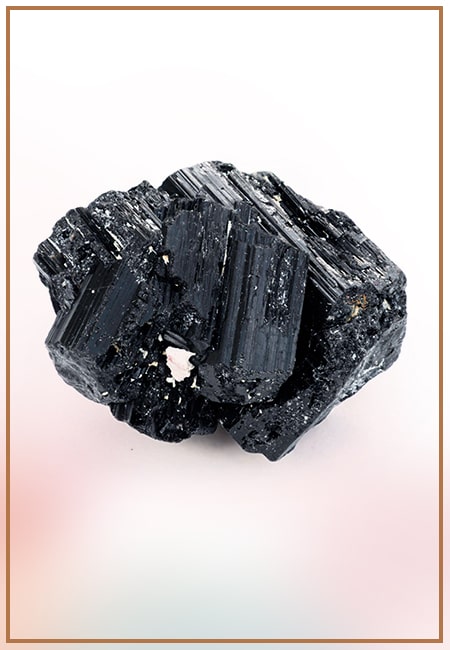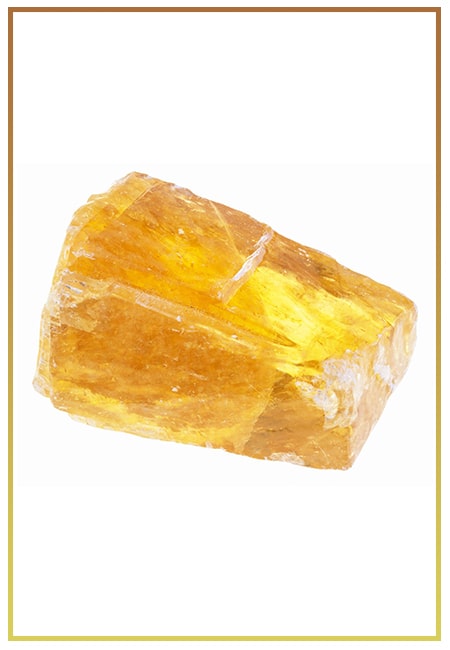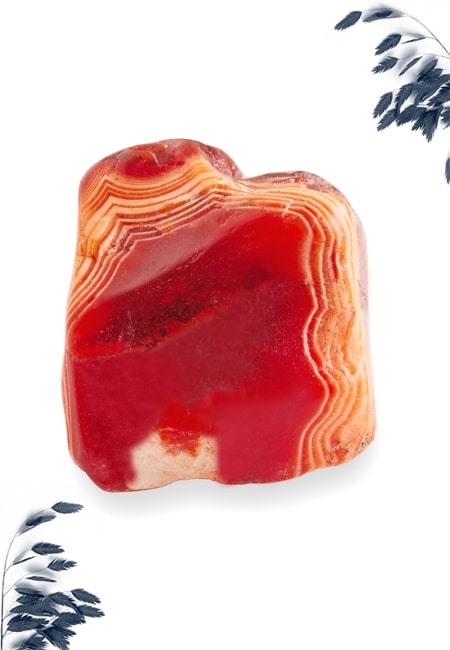- Written By Team DWS
- Festivals
- January 18, 2024
Unlocking the History and Origin of Valentine's Day
Introduction:
Valentine's Day, celebrated annually on February 14th, is widely known as a day dedicated to expressing love and affection towards our significant others. It is a day filled with joy, romance, and the exchange of heartfelt gifts. But have you ever wondered about the true origins and history of this beloved holiday? In this blog post, we will delve into the fascinating story behind Valentine's Day, exploring its ancient roots, legends, and transformation over the centuries.

Ancient Roman Origins:
Valentine's Day finds its earliest roots in ancient Rome during the reign of Emperor Claudius II. Legend has it that Claudius banned marriage for young men because he believed single men made better soldiers. However, a compassionate priest named Valentine defied the decree and secretly performed marriages for young couples. Eventually, Valentine was caught and sentenced to death, but not before leaving a heartfelt love letter to the jailer's daughter, signing it as "From your Valentine." This phrase is now synonymous with expressing affection and endearment, even centuries later.
Christian Influence:
In the 5th century A.D., Pope Gelasius officially declared February 14th as St. Valentine's Day. The saint's connections to romantic love were further solidified over time. The modern interpretation of Valentine's Day as a day for expressing romantic feelings gradually overshadowed its religious significance, becoming the widely celebrated holiday that we recognize today.
Geoffrey Chaucer's Influence:
The connection between love and Valentine's Day was strengthened by the renowned English poet, Geoffrey Chaucer, in the 14th century. Chaucer's literary works, particularly "Parlement of Foules," featured romantic imagery and portrayed February 14th as a day when birds found their mate. Although Chaucer didn't explicitly reference Valentine's Day in his poem, it is believed to have played a significant role in associating this day with love.
Valentine's Day Throughout the Centuries:
As time went on, Valentine's Day evolved into a more popular holiday synonymous with expressing one's love for another. By the 18th century, it became customary to exchange handwritten love notes or tokens of affection. Europeans began sending Valentine's Day cards containing delicate lace, elaborate designs, and heartfelt messages. These traditions soon crossed the Atlantic, becoming popular in North America as well.
Modern Celebrations:
Today, Valentine's Day is celebrated worldwide, with couples exchanging gifts, sending greeting cards, and enjoying romantic dinners together. It has also become a day to express love and appreciation towards friends and family. From chocolates and flowers to personalized gifts and romantic getaways, couples and loved ones seize this opportunity to make their beloved feel cherished and valued.

Valentine's Day, steeped in ancient Roman history, Christian traditions, and poetic influences, has emerged as a cherished holiday celebrating love and affection. The legends, symbols, and customs associated with this day have developed over centuries, creating a tapestry of romance and tenderness. As we celebrate Valentine's Day today, let's remember the history and origins that have shaped this beautiful expression of love.
Valentine’s Day FAQs
1. What is Valentine's Day?
Valentine's Day is a holiday celebrated on February 14th each year. It is a day dedicated to expressing love, affection, and appreciation towards loved ones, friends, and family. It is commonly associated with romantic love but can also be celebrated platonically.
2. Why is Valentine's Day celebrated?
Valentine's Day is believed to have originated from the ancient Roman festival Lupercalia, which celebrated fertility. Over time, it transformed into a day specifically devoted to romantic love. Nowadays, it is seen as an opportunity to express affection, exchange gifts, and create special memories with loved ones.
3. How is Valentine's Day celebrated?
Valentine's Day is usually celebrated by exchanging greetings, such as cards and love letters, often accompanied by gifts like flowers, chocolates, and jewelry. People also enjoy going out for romantic dinners, special dates, and sometimes even planning surprise gestures to make their loved ones feel cherished.

4. Can Valentine's Day be celebrated by anyone, or is it only for couples?
Valentine's Day is not limited to couples, and anyone can celebrate it. It is common for friends, family members, and even pets to exchange small tokens of appreciation and spend quality time together on this day. The holiday is about expressing love and affection, regardless of one's relationship status.
5. Are there different traditions associated with Valentine's Day around the world?
Yes, different countries and cultures have their own unique Valentine's Day traditions. For example, in some countries, like Japan, it is customary for females to give chocolates to males, while in others, like Finland, the day is more about celebrating friendships rather than romantic relationships. The extent of celebration and the specific customs followed vary across different regions.
6. What are alternative ways to celebrate Valentine's Day?
While the traditional ways of celebrating Valentine's Day involve giving gifts, going out for romantic dinners, and exchanging heartfelt messages, there are numerous alternative ways to celebrate. Some ideas include cooking a special meal at home, planning a surprise date or excursion, creating handmade gifts, or simply spending quality time together doing something enjoyable.
7. Are there any historical figures associated with Valentine's Day?
The most commonly associated figure with Valentine's Day is Saint Valentine, a third-century Roman priest who performed secret marriages against the emperor's orders. He is believed to have been executed on February 14th, giving rise to the holiday. However, the historical origins of Valentine's Day are not entirely clear, and there may be multiple figures that have contributed to its development over time.
8. Can Valentine's Day be celebrated by singles?
Definitely! Valentine's Day doesn't have to be exclusively for couples. Many individuals who are single celebrate the day by showing self-love, appreciating friendships, or simply enjoying their own company. It can be an opportunity to pamper yourself or reconnect with loved ones without the pressure of romantic expectations.
9. Is Valentine's Day only for romantic love?
While Valentine's Day is often associated with romantic love, it doesn't exclusively revolve around it. It can also be a day to celebrate platonic love, like the love between friends and family members. It's an opportunity to express appreciation for anyone who holds a special place in your heart.
10. Can Valentine's Day be celebrated even after being married for a long time?
Absolutely! In fact, many couples celebrate Valentine's Day even after years of being together. It can serve as a reminder to appreciate one another, reignite the sparks of romance, and create new cherished memories. Whether it's a grand gesture or a small act of kindness, Valentine's Day can continue to hold significance in long-term relationships.
Popular on Blogs

Black Tourmaline: Meaning, Healing Properties, Fascinating Facts, Powerful Attributes, Versatile Uses, and Beyond
September 05, 2023 / BY Team DWS
Black Tourmaline, also known as Schorl, is a highly revered crystal with incredible metaphysical properties. It derives its name from the Dutch word "turamali," meaning "stone with ..

Carnelian Stone: Meaning, Healing Properties, Power, Facts, Color, Uses and More
December 26, 2023 / BY Team DWS
Carnelian is a vibrant and captivating gemstone that holds a plethora of meanings, healing properties, and powers. Its warm and fiery energy makes it a popular choice among crystal ..

Citrine: Exploring its Meaning, Healing Properties, Fascinating Facts, Powers, Versatile Uses, and Much More
November 18, 2023 / BY Team DWS
Citrine, with its warm golden hues, has captured the attention and imagination of people for centuries. This beautiful gemstone, commonly associated with wealth and prosperity, hol ..

Black Onyx: Unveiling the Meaning, Healing Properties, Fascinating Facts, Powerful Attributes, Versatile Uses, and Beyond
July 25, 2023 / BY Team DWS
Black Onyx, a striking gemstone admired for its deep black hue and elegant appearance, has captivated people for centuries. In this comprehensive guide, we will delve into the mean ..

Unveiling the Mysteries of Turquoise Stone: Exploring its Meaning, Healing Properties, Power, Facts, Color, Uses, and More
December 05, 2023 / BY Team DWS
Turquoise, with its captivating blue-green hue, has been adorning jewelry and artifacts for centuries. This striking stone has a rich history, rich symbolism, and a plethora of int ..

The History Behind The Popularity of Red Agate
December 23, 2022 / BY Team DWS
An Agate is a type of magma rock that takes many years till it is washed out naturally into the water. And that is the reason this stone has elements of water. This beautiful stone ..

Plan a Perfect Valentine's Week with Our Valentine Week List 2025
January 22, 2024 / BY Team DWS
Valentine's Day is undoubtedly the most romantic day of the year, but we believe that one day is just not enough to express your love and make your partner feel special. That's why ..

Bloodstone: Unveiling the Meaning, Healing Properties, Facts, Powers, Uses, and More
August 21, 2023 / BY Team DWS
Bloodstone, with its captivating deep green color with specks of red, is a mesmerizing gemstone that has fascinated civilizations for centuries. It possesses unique healing propert ..


